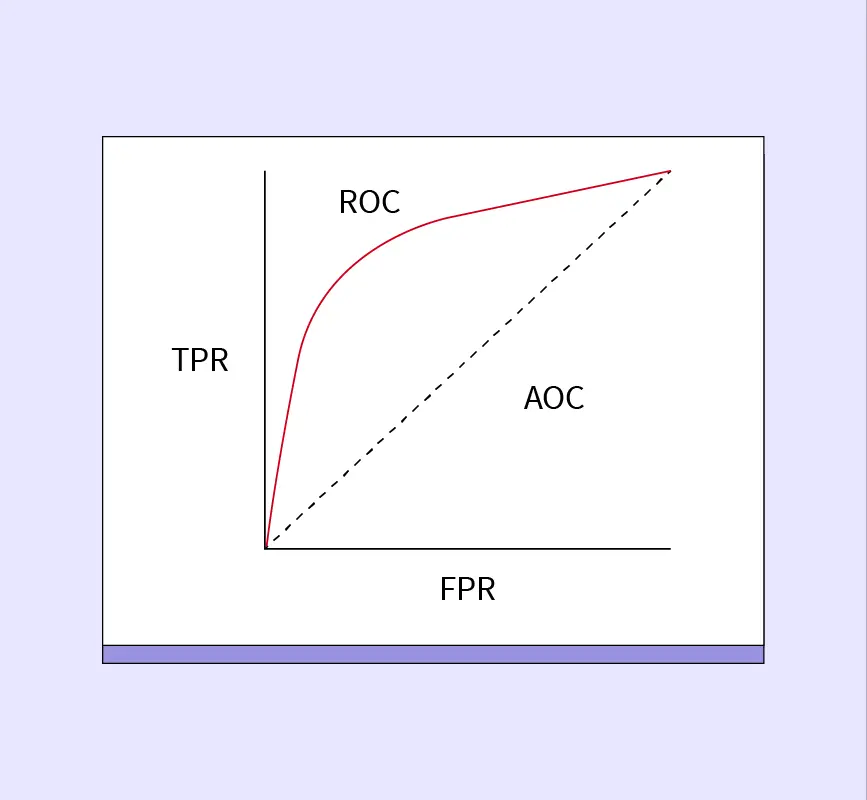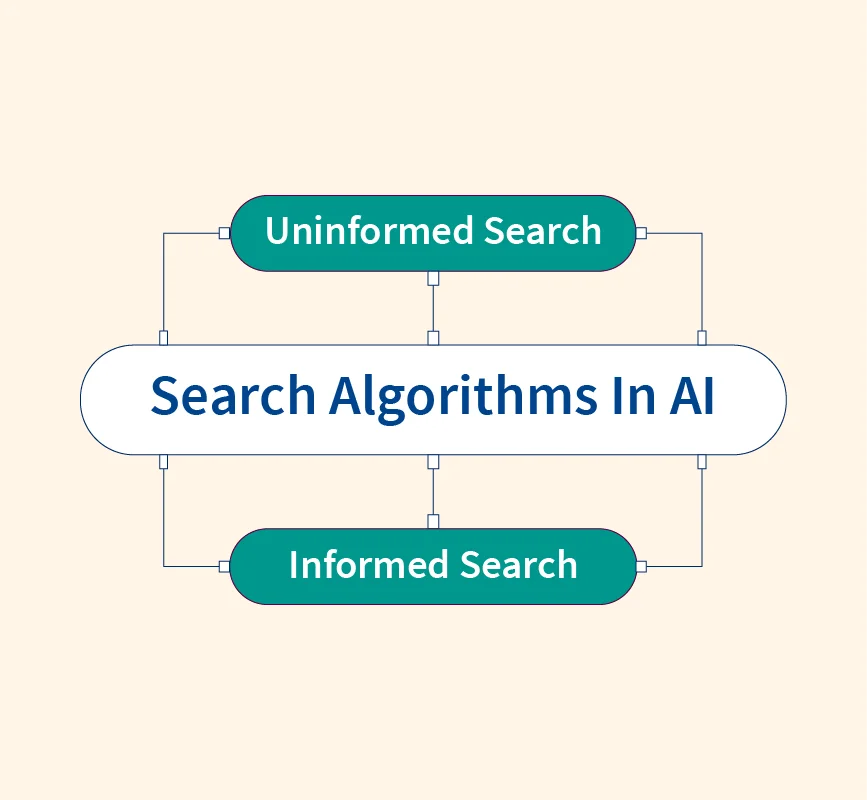Correlation analysis in data mining is a statistical method used to measure the strength and direction of relationships between variables. It helps identify patterns and dependencies within datasets, making it useful for predictive modeling, feature selection, and trend analysis. However, correlation only indicates an association and does not imply causation.
What is Correlation Analysis?
Correlation analysis is a statistical technique used to measure the strength and direction of the relationship between two variables. It quantifies how one variable changes in relation to another, helping analysts identify patterns and dependencies in data.
While correlation indicates an association between variables, it does not imply causation. A strong correlation between two variables does not mean that one directly influences the other. External factors or coincidences may contribute to the observed relationship.
For example, an analysis might find a correlation between ice cream sales and drowning incidents, but this does not mean ice cream consumption causes drownings. Instead, a third variable, such as hot weather, influences both.
Role of Correlation in Data Mining
In data mining, correlation analysis plays a key role in:
- Pattern Recognition – Identifying trends and relationships within datasets.
- Data Association – Finding meaningful connections between variables.
- Feature Selection – Selecting the most relevant variables for predictive modeling by eliminating redundant or weakly correlated features.
By using correlation analysis, data scientists can enhance data preprocessing, model efficiency, and insight generation, making it a valuable tool in various industries.
Types of Correlation in Data Mining
Correlation in data mining is categorized based on how variables interact with each other. Recognizing these types helps analysts determine relationships, dependencies, and potential predictive factors in datasets.
1. Positive Correlation
A positive correlation occurs when an increase in one variable leads to an increase in another. This signifies a direct relationship between the two.
Example:
- A higher advertising budget results in higher sales, as more customers become aware of the product.
- Increased exercise duration leads to improved physical fitness.
2. Negative Correlation
A negative correlation occurs when one variable increases while the other decreases, representing an inverse relationship.
Example:
- A rise in product prices causes lower demand due to affordability concerns.
- Higher screen time may be associated with reduced sleep quality.
3. No Correlation
No correlation means changes in one variable do not affect the other. These variables remain independent with no observable pattern.
Example:
- A person’s shoe size has no effect on their monthly grocery expenses.
- The color of a car does not influence its fuel efficiency.
Correlation Coefficients in Data Mining
Correlation coefficients quantify the strength and direction of relationships between variables in data mining. Different correlation methods are used based on data types and relationships.
1. Pearson Correlation Coefficient (r)
- Measures linear relationships between continuous variables.
- Values range from -1 to +1, where:
- +1 indicates a perfect positive correlation.
- -1 indicates a perfect negative correlation.
- 0 means no correlation.
- Best suited for normally distributed numerical data.
2. Spearman’s Rank Correlation
- Measures monotonic relationships between two ranked variables.
- Used for ordinal and non-linear data where values do not follow a strict numerical scale.
- Ideal for analyzing survey responses, performance rankings, or social science data.
3. Kendall’s Tau Correlation
- Measures relationships in small ordinal datasets with tied ranks.
- Used in cases where ranking consistency is important, such as evaluating employee performance across multiple reviewers.
4. Point-Biserial and Phi Coefficient
- Applied when one variable is binary (0/1) and the other is continuous or categorical.
- Example: Analyzing the relationship between gender (male/female) and shopping preferences.
- The Phi coefficient is used for binary-binary relationships (e.g., comparing two yes/no variables).
Choosing the right correlation coefficient ensures accurate analysis of variable dependencies, improving insights in data-driven decision-making.
How to Perform Correlation Analysis?
Correlation analysis involves several steps to ensure accurate measurement of relationships between variables. The process includes data preparation, choosing the right method, calculating coefficients, and interpreting results for meaningful insights.
Step 1: Collect and Preprocess Data
- Ensure data is clean, formatted correctly, and free from missing values or outliers.
- Convert categorical variables into numerical form if necessary.
Step 2: Choose the Right Correlation Method
- Use Pearson correlation for continuous variables when the relationship is linear.
- Use Spearman’s Rank or Kendall’s Tau for ordinal data or non-linear relationships.
Step 3: Calculate Correlation Coefficients
- Use statistical formulas or programming tools such as Python (NumPy, Pandas, SciPy) or R (cor() function).
- Example in Python:
import pandas as pd
import scipy.stats as stats
data = {'A': [10, 20, 30, 40], 'B': [5, 15, 25, 35]}
df = pd.DataFrame(data)
pearson_corr, _ = stats.pearsonr(df['A'], df['B'])
print("Pearson Correlation:", pearson_corr)Step 4: Interpret the Results
| Correlation Coefficient (r) | Interpretation |
| -1.0 to -0.7 | Strong negative correlation |
| -0.7 to -0.3 | Moderate negative correlation |
| -0.3 to +0.3 | Weak or no correlation |
| +0.3 to +0.7 | Moderate positive correlation |
| +0.7 to +1.0 | Strong positive correlation |
A strong positive or negative correlation indicates a meaningful relationship, while values near zero suggest little to no association.
Implementing Correlation Analysis in Python
Python provides various libraries to perform correlation analysis efficiently. Below are three common approaches using NumPy and Pandas, along with guidelines for interpreting results.
1. Using NumPy for Correlation
The numpy.corrcoef() function calculates the Pearson correlation coefficient between two numerical variables.
import numpy as np
# Example dataset
x = np.array([10, 20, 30, 40])
y = np.array([15, 25, 35, 50])
# Calculate correlation coefficient matrix
correlation = np.corrcoef(x, y)
print(correlation)2. Using Pandas for Correlation
Pandas provides the .corr() method to compute correlation coefficients between multiple variables in a dataset.
import pandas as pd
# Example dataset
data = {'Age': [25, 30, 35, 40], 'Salary': [50000, 60000, 70000, 85000]}
df = pd.DataFrame(data)
# Compute correlation matrix
correlation_matrix = df.corr()
print(correlation_matrix)3. Interpreting the Results
- A correlation coefficient close to +1 indicates a strong positive relationship.
- A coefficient close to -1 suggests a strong negative relationship.
- A value near 0 means there is no significant correlation between the variables.
Applications of Correlation Analysis in Data Mining
Correlation analysis is widely used in data mining to uncover relationships between variables, enabling better decision-making across industries. Below are some key applications.
- Feature Selection in Machine Learning: In predictive modeling, correlation analysis helps identify which variables significantly influence the target outcome. By removing weakly correlated features, machine learning models become more efficient and accurate.
- Market Basket Analysis: Retail businesses use correlation analysis to understand product purchase patterns. By identifying relationships between frequently bought items, companies can optimize product placement and cross-selling strategies.
- Financial Forecasting: Correlation analysis helps financial analysts examine how economic indicators, interest rates, and inflation affect stock prices. Understanding these relationships aids in making informed investment decisions and risk assessments.
- Healthcare and Medical Research: Medical researchers use correlation analysis to study lifestyle habits, genetic factors, and disease risks. For example, correlations between smoking and lung disease help in public health policymaking and preventive healthcare measures.
Advantages of Correlation Analysis
Correlation analysis is a powerful statistical technique that provides valuable insights into data relationships. Its advantages make it a fundamental tool in data mining and predictive modeling.
- Helps in Predictive Modeling: Correlation analysis enables data scientists to understand how variables interact, improving the accuracy of predictive models. By analyzing correlations, businesses can make data-driven decisions in finance, healthcare, and marketing.
- Identifies Relationships Between Variables: It helps detect patterns, trends, and dependencies in datasets, allowing analysts to determine which variables are linked. This is particularly useful in risk assessment, economic analysis, and customer behavior studies.
- Simplifies Feature Selection in Machine Learning: By identifying and removing weakly correlated variables, correlation analysis reduces model complexity and improves computational efficiency. It ensures that only the most relevant features contribute to machine learning algorithms.
Disadvantages of Correlation Analysis
While correlation analysis is a valuable tool, it has several limitations that must be considered to avoid misinterpretation of data relationships.
- Does Not Imply Causation: A common mistake in correlation analysis is assuming that a strong correlation means one variable causes changes in another. Correlation ≠ causation, as external factors may influence both variables.
- Example: Ice cream sales and drowning incidents may be correlated, but the actual cause is hot weather, not the ice cream itself.
- Can Be Misleading if Data is Not Cleaned Properly: Outliers, missing values, or incorrectly formatted data can distort correlation results, leading to incorrect conclusions. Proper data preprocessing and validation are necessary to ensure reliable correlation analysis.
- Limited to Linear Relationships in Pearson’s Method: Pearson’s correlation only detects linear relationships, meaning it may fail to identify complex, non-linear dependencies in data. In such cases, other techniques like Spearman’s rank correlation or mutual information are more appropriate.
Read More:
References:


